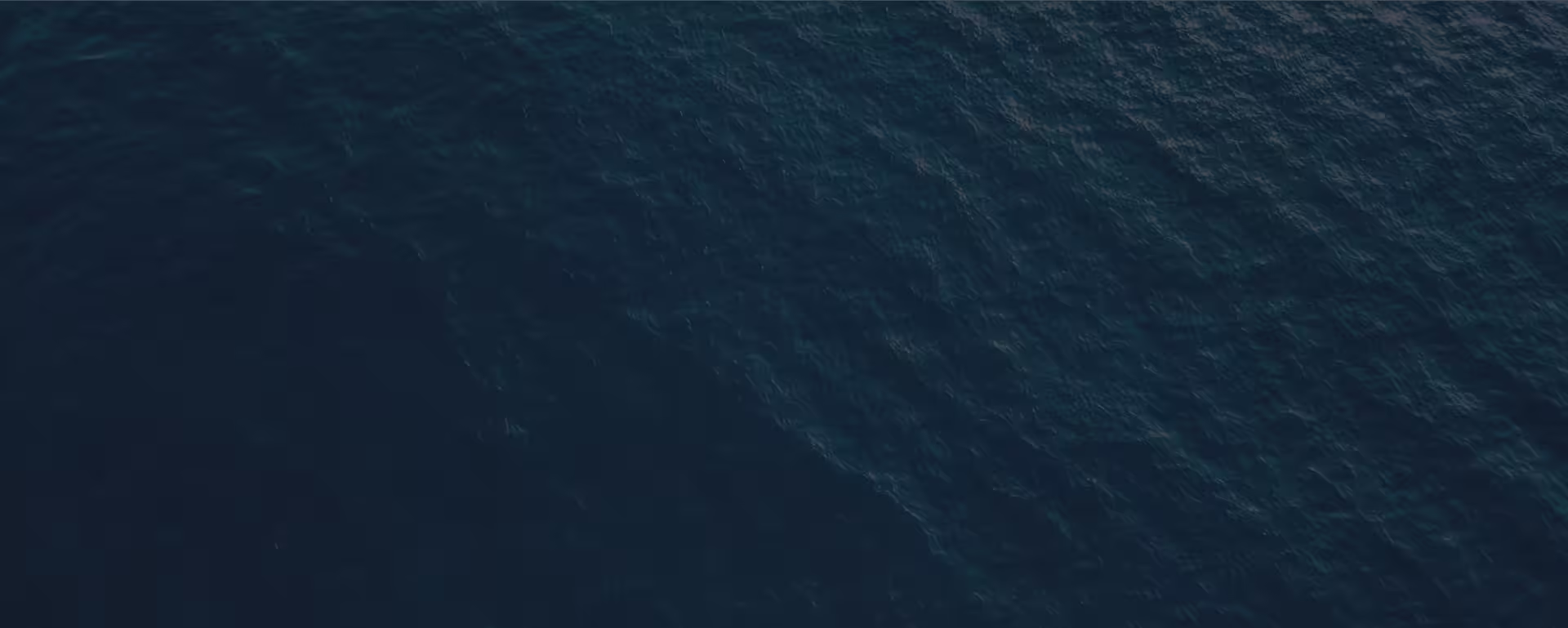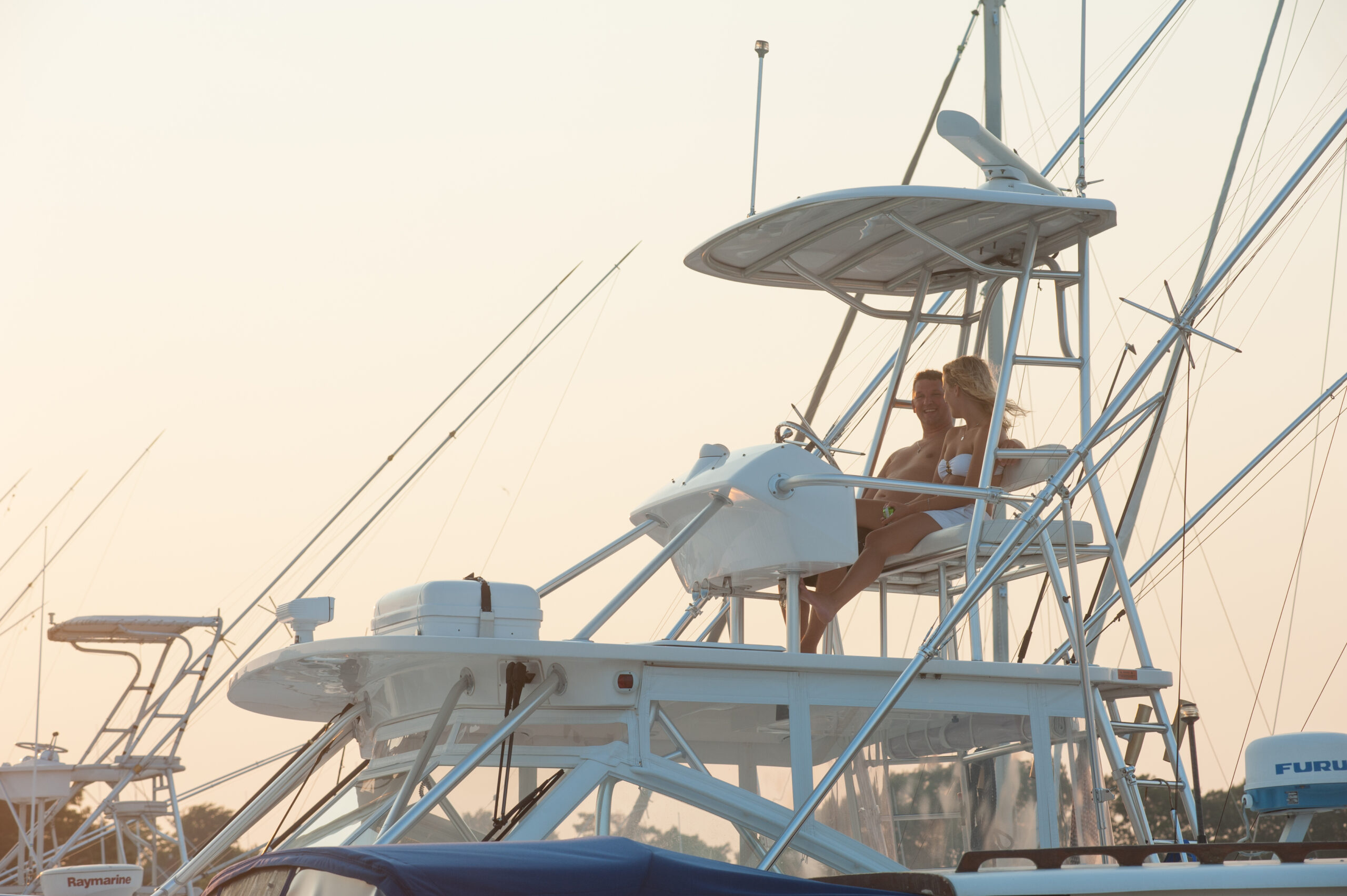



Fishing is an incredible way to enjoy the water, put food on the table, and unwind after a hard work week. Whether you’re out before sunrise or winding down in the evening, having the proper setup and strategy can make all the difference. Here’s how to maximize your time on the water and bring home a great catch.
Not all boats are built for fishing, and choosing the right one depends on where and how you plan to fish. Here are some common types of fishing boats and their best applications:
The key is deck space, stability, and a reliable motor that gets you where the fish are biting. The addition of a live well or rod holders is even better. Knowing where you’ll be fishing—open ocean, rivers, or quiet lakes—helps determine the best type of boat for the job.
A good fishing setup doesn’t have to break the bank. A strong rod and reel combo, a sturdy tackle box with various hooks, weights, and lures, and a bait bucket will cover most fishing trips. Don’t forget the basics—pliers, a fillet knife, and a cooler to keep your catch fresh.
Local knowledge is king. If you don’t have a go-to spot, talk to other fishermen at the dock, check online fishing reports, or watch where the birds are diving. Shallow flats, underwater structures, and channel edges are often prime spots.
Live bait like shrimp, minnows, or cut bait can work wonders, but artificial lures can be just as effective. Match your bait to the type of fish you’re targeting—redfish love shrimp, bass go after soft plastics, and stripers chase live eels. The more you fish, the better you know what works best in your waters.
No matter how experienced you are, always keep safety first. Check the weather before heading out, wear a life jacket, and keep a first aid kit on board. Having a VHF radio or a fully charged phone in a waterproof case can be a lifesaver.
Keeping it fresh is key if you plan to eat what you catch. A good cooler with plenty of ice will do the trick. Clean your fish as soon as possible, and if you’re out for a long day, bleeding the fish and keeping it chilled makes for the best fillets.
Fishing isn’t just about filling the cooler—it’s about the experience. Whether you’re out with buddies, family, or just enjoying some alone time, every trip is an opportunity to unplug, enjoy the water, and make some great memories.
Fishing from your boat is one of the best ways to relax, put your skills to the test, and maybe even bring home dinner.You’ll always have a great time on the water with the proper setup, a little patience, and a good attitude. So fire up the motor, cast a line, and enjoy the ride.